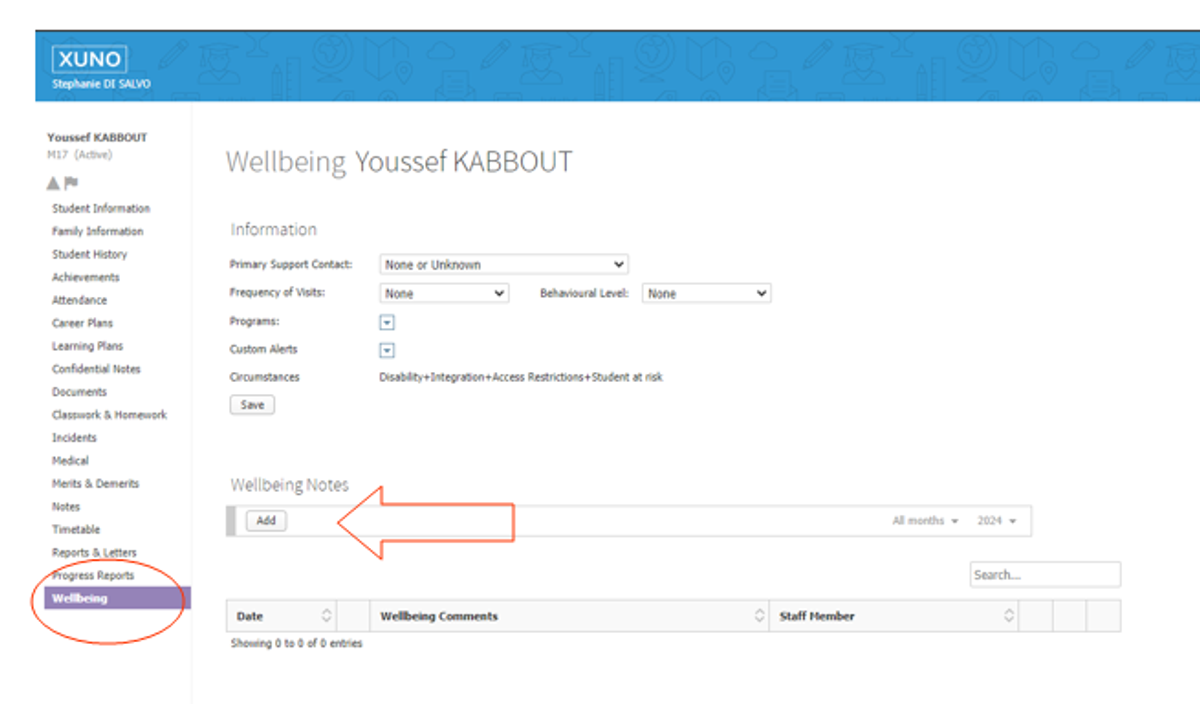Student wellbeing
Understanding Mental Health and Wellbeing in our school

Student wellbeing
Understanding Mental Health and Wellbeing in our school
Under FISO 2.0, wellbeing is defined as the development of the capabilities necessary to thrive, contribute and respond positively to the challenges and opportunities of life.
Wellbeing can be supported by:
Wellbeing and mental health are complex. Even if someone is not experiencing a mental health condition, that does not mean their mental health is flourishing. It is also possible to be diagnosed with a mental health condition and still feel well and function effectively in many aspects of life.
It can be helpful to view mental health and mental ill-health as existing on a continuum.
Mental health exists on a continuum. It is influenced by many environmental, emotional, biological and social factors and can change regularly.
We all move along the continuum as we face challenges and situations that test our capacity to cope.
Some of our students will sit between flourishing and going okay on the continuum of positive mental health. This means they can face adversity and have the resilience to cope with daily stressors.


If you observe students experiencing behaviours that sit between ‘Going through a tough time’ and ‘Severely impacting everyday activities’, a Xuno Wellbeing report must be completed, to alert myself, Middle Leaders and the Wellbeing Team.

